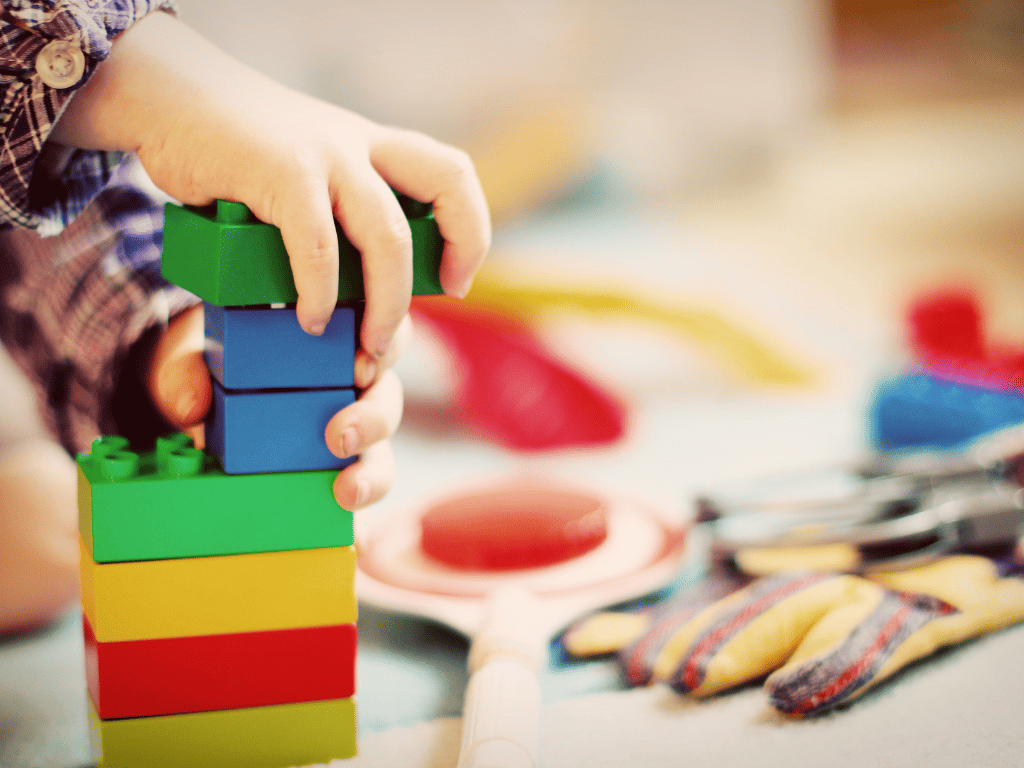
Toy Safety Regulations and Quality Control

Toy safety is a critical concern for manufacturers, regulators, and parents alike. Compliance with recognized safety standards ensures that products are free from hazards and suitable for children’s use. Effective quality control is essential to confirm compliance, prevent product recalls, and maintain brand integrity across global markets.
Understanding Toy Safety Regulations
Toy safety regulations define the mechanical, physical, chemical, and labeling requirements that toys must meet before entering the market. These standards protect children from injury and exposure to harmful substances. Compliance is mandatory in most regions, and testing must be performed by qualified laboratories or accredited third-party inspection bodies.
European Union: EN71 Standards
The EN71 series sets the safety requirements for toys sold in the European Union. It includes multiple parts covering:
- Mechanical and Physical Properties: Verification that toys do not contain sharp edges, points, or small detachable parts.
- Flammability Testing: Assessment of materials to ensure resistance to ignition.
- Chemical Safety: Limits for toxic elements such as lead, cadmium, and phthalates.
- Migration of Elements: Testing to ensure chemicals cannot leach from toy materials during use.
Manufacturers must demonstrate conformity with EN71 before placing toys on the EU market. Non-compliance may result in withdrawal from sale or regulatory penalties.
United States: CPSIA Standards
The Consumer Product Safety Improvement Act (CPSIA) governs toy safety in the United States. It specifies mandatory testing, documentation, and labeling requirements including:
- Lead Content Restriction: Toys must not contain more than 100 parts per million of total lead.
- Phthalate Restrictions: Limits on specific plasticizers used in flexible plastics.
- Mechanical and Physical Testing: Verification of durability, small parts, and choking hazards.
- Labeling Requirements: Clear age grading and warning statements for products that may pose risks.
CPSIA compliance supports product traceability and ensures that children’s toys meet consistent national safety standards.
International: ISO 8124 Standards
The ISO 8124 series provides globally recognized guidance for toy safety and is widely referenced in international trade. It includes:
- Mechanical and physical testing methods.
- Procedures for chemical and flammability evaluation.
- Age grading recommendations and packaging requirements.
ISO 8124 harmonizes regional testing protocols and serves as a benchmark for manufacturers selling across multiple markets.
Regional and National Regulations
- China GB Standards: Align closely with EN71 and CPSIA but include additional local labeling requirements.
- Japan ST Standards: Focus on mechanical and chemical safety, often exceeding international thresholds in certain parameters.
Understanding these regional differences ensures that products meet destination-specific requirements and reduces certification delays.
Toy Quality Control Process
Toy quality control ensures that every product complies with applicable safety standards through structured inspection and testing. Each stage of production is verified to identify risks before shipment.
1. Material Verification
Raw materials and coatings are tested to confirm the absence of restricted substances such as lead, cadmium, and phthalates. Laboratory analysis follows EN71-3, CPSIA, and ISO 8124 chemical safety requirements.
2. Mechanical and Physical Evaluation
Samples are examined for strength, construction integrity, and structural safety. Tests confirm that toys have no sharp edges, points, or detachable components that could injure children or create choking hazards.
3. Choking Hazard Assessment
Toys intended for infants and toddlers are evaluated with small-parts cylinders and tension tests. Components must remain securely attached under normal play and foreseeable misuse conditions.
4. Durability and Performance Testing
Drop, impact, and stress tests determine a toy’s ability to withstand repeated use. These evaluations ensure long-term reliability and verify that toys do not break into dangerous fragments.
5. Age Grading and Label Verification
Packaging and product labeling are reviewed to confirm that age grades, usage instructions, and warnings accurately reflect the toy’s characteristics and test results.
Common Hazards Controlled Through Inspection
Comprehensive inspection identifies and eliminates hazards before toys reach consumers. Key areas include:
- Mechanical Hazards: Detection of sharp edges, protrusions, or pinch points that may cause injury.
- Small Part Hazards: Evaluation of detachable components to prevent choking incidents.
- Chemical Hazards: Verification that materials comply with chemical limits under EN71 and CPSIA.
- Labeling Accuracy: Ensuring age grading, warnings, and instructions correspond to tested safety attributes.
Systematic inspection prevents non-compliance, minimizes recall risk, and reinforces consumer trust in product safety.
Third-Party Inspection and Compliance Support
Independent inspection and testing services provide objective verification of compliance throughout production and shipment. Accredited third-party partners ensure transparency and technical accuracy in test results.
ECQA offers complete toy inspection and testing programs covering:
- On-site inspections at all production stages.
- Laboratory testing to EN71, CPSIA, and ISO 8124 standards.
- Compliance documentation and supplier quality verification.
- Custom inspection protocols aligned with specific market regulations.
Working with accredited inspection partners enhances confidence, simplifies certification, and ensures consistent product safety across international supply chains. For details, visit Toy Inspection Services.
Frequently Asked Questions (FAQ)
1. What are the main toy safety standards?
Key standards include EN71 (EU), CPSIA (US), and ISO 8124 (international). These frameworks specify chemical, physical, and labeling requirements for children’s toys.
2. Why is toy quality control important?
Toy quality control ensures compliance with safety regulations, prevents hazards such as choking or toxic materials, and minimizes the risk of recalls.
3. What tests are typically performed during toy quality control?
Inspections include chemical testing, mechanical strength checks, flammability tests, and small-parts evaluations to confirm compliance with EN71, CPSIA, and ISO 8124.
4. What are the consequences of toy safety non-compliance?
Toy safety non-compliance can lead to product recalls, import bans, and financial penalties. It also exposes consumers to safety risks and can cause significant reputational damage to manufacturers and brands.
5. How can manufacturers ensure toy safety compliance?
Manufacturers can ensure toy safety compliance by following EN71, CPSIA, and ISO 8124 standards, maintaining accurate testing and inspection records, and working with accredited third-party inspection partners such as ECQA.

 Request Free Sample Report
Request Free Sample Report